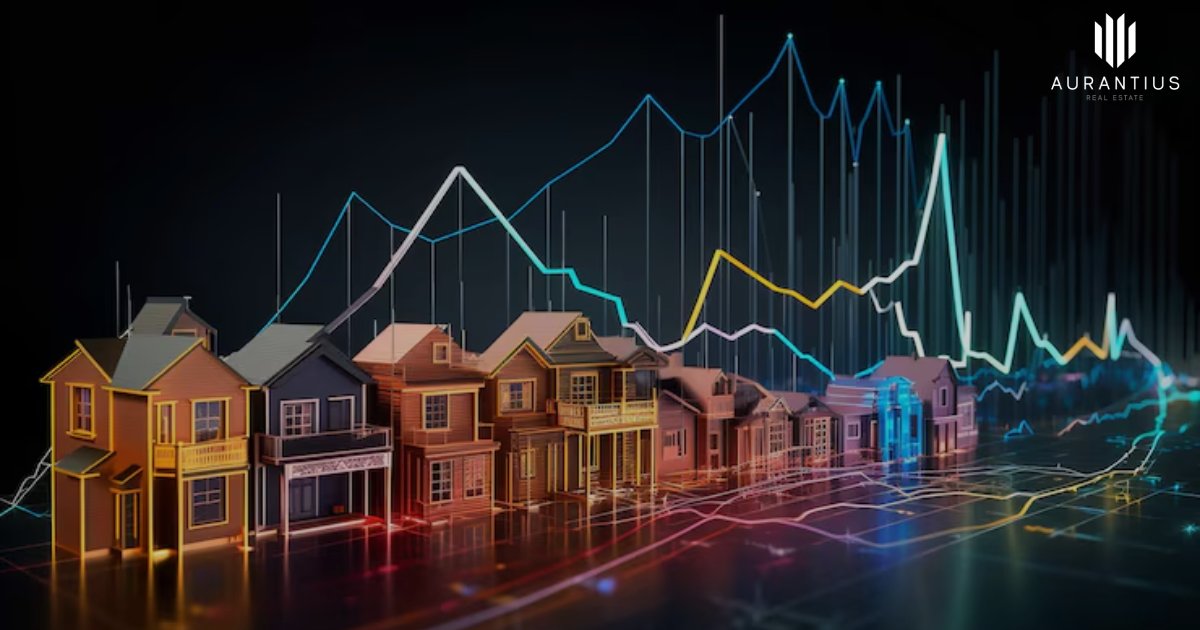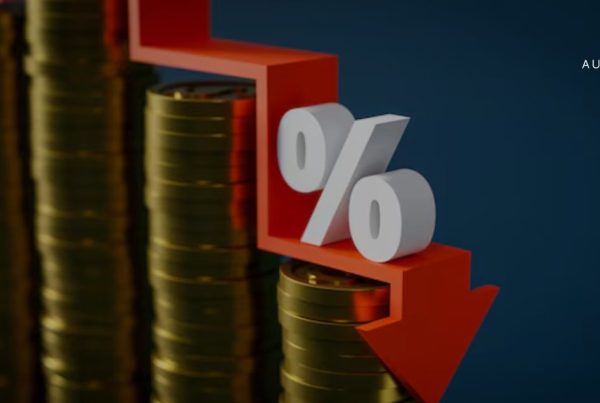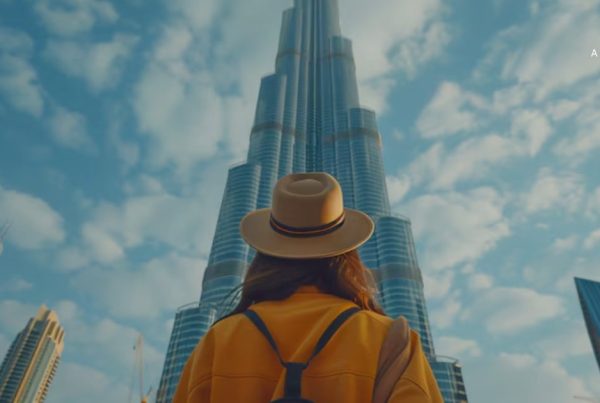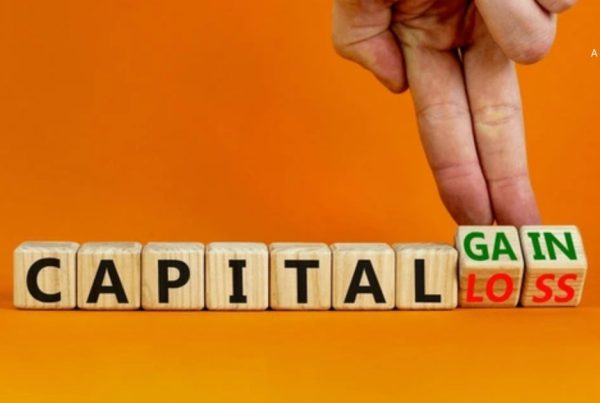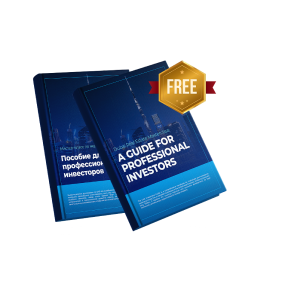Dubai’s Real Estate Market 2025: Six Key Trends Driving the City’s Next Property Boom
Dubai’s real estate market continues to defy global slowdowns, maintaining robust momentum driven by population growth, foreign investment, and off-plan sales. As global cities face stagnation, Dubai’s property sector is charting its own course, evolving from short-term speculation to long-term sustainability and lifestyle-driven demand.
According to the Dubai Land Department (DLD), the city attracted approximately 94,700 investors in the first half of 2025 — a 26% increase compared to the same period in 2024. Of these, 59,000 were new investors (+22% YoY), with UAE residents accounting for 45% of the new cohort. This highlights the growing confidence of domestic buyers, not just international investors, in the Dubai property market.
In total, the residential sector recorded AED 262.1 billion in transactions during H1 2025, a remarkable 36.4% increase from H1 2024. Beneath these headline figures, several transformative shifts are reshaping Dubai’s real estate dynamics. Here are six major trends defining the city’s property market in 2025.
1. Off-Plan Sales Dominate Market Activity
Off-plan transactions now represent more than 70% of total property sales, a historic high. Buyers are increasingly attracted to flexible payment plans, modern design concepts, and the potential for capital appreciation. Leading areas like Mohammed Bin Rashid City, Dubai South, and Dubai Hills Estate are spearheading this surge, offering long-term infrastructure-backed growth.
This trend also indicates renewed confidence in Dubai’s development ecosystem. Buyers are committing early to projects, confident that developers will deliver quality and value over time. The dominance of off-plan sales underscores Dubai’s shift from a resale-driven market to one based on future-oriented investment and urban expansion.
2. Suburban Living Gains Popularity
Rising rents in core areas like Downtown Dubai, Business Bay, and Dubai Marina are pushing residents outward. Communities such as Jumeirah Village Circle (JVC), Dubai Silicon Oasis, and Dubai South are becoming increasingly desirable for their balance of affordability, greenery, and modern amenities.
As Dubai’s population surpasses 3 million residents, the city’s residential footprint is expanding into once-peripheral areas. These emerging suburbs are evolving into self-sufficient communities with schools, retail, and wellness facilities — a reflection of Dubai’s broader urban planning vision.
3. Wellness Amenities Become Standard
The definition of “luxury” living has evolved. Beyond swimming pools and gyms, residents now expect wellness-centric features such as meditation spaces, hydrotherapy pools, yoga lawns, green walking paths, and co-working lounges. Developers are responding by integrating these features across both mid-range and premium projects.
With remote and hybrid work lifestyles becoming permanent, these amenities have transitioned from “nice-to-have” to “essential,” influencing buyer and tenant preferences across communities like Dubai Hills Estate and Tilal Al Ghaf.
4. Sustainability Drives Purchase Decisions
Environmental responsibility is no longer limited to the luxury segment. Green certifications such as LEED and innovations like solar panels and energy-efficient designs are increasingly shaping buyer decisions. Studies show that sustainability credentials influence both purchase intent and rental performance.
Developments incorporating smart cooling, waste management, and water-saving systems — particularly in projects by developers such as Emaar, Sobha Realty, and Nakheel — are outperforming older stock in occupancy rates and tenant retention.
5. Mixed-Use Developments Shape Urban Living
As Dubai’s urban lifestyle matures, mixed-use projects that integrate residential, commercial, and leisure functions are becoming the norm. These “vertical villages” combine apartments, cafes, co-working zones, retail stores, and wellness facilities under one roof, fostering vibrant, walkable communities.
Projects like Dubai Creek Harbour and Dubai Harbour exemplify this trend, providing residents with holistic environments that blend convenience with community — an essential factor for Dubai’s next generation of residents.
6. PropTech and AI Revolutionize Real Estate
The integration of technology and real estate is accelerating. PropTech solutions — from AI-driven predictive pricing tools to blockchain-based transactions — are streamlining the buying process. Virtual reality (VR) tours, digital contracts, and tokenized real estate investment platforms have expanded access for global investors.
International buyers from Europe, India, and East Asia are increasingly using these platforms to research and acquire Dubai properties remotely. This fusion of technology and transparency is cementing Dubai’s reputation as a globally connected smart property market.
Looking Ahead: A Smarter, More Sustainable Market
Dubai’s property sector is maturing from a purely growth-driven market to one centered around community, sustainability, and digital convenience. The convergence of wellness, technology, and suburban expansion signifies a lasting shift in buyer preferences.
As 2025 progresses, developers and investors alike will continue to adapt to this evolving landscape. For residents and newcomers, the message is clear: Dubai’s real estate market isn’t just growing — it’s evolving intelligently for the future.
Explore active listings and upcoming developments at Aurantius Real Estate.

